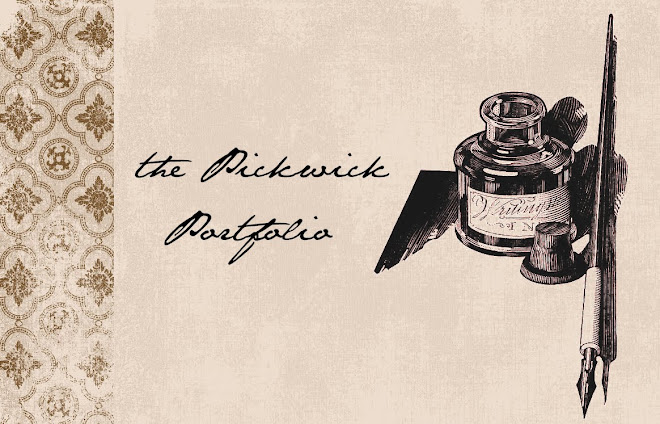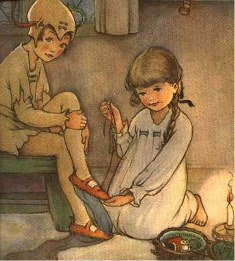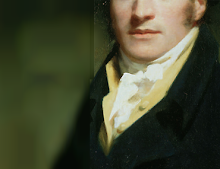 Are people born wicked? Or do they have wickedness thrust upon them? Mary Shelley’s Frankenstein goes on to pursue this philosophical question regarding the nature of man. The story recounts the gruesome events in the life of Dr. Victor Frankenstein. After much studying, Dr. Frankenstein attempts to recreate life by combining the severed parts of corpses. He successfully manages to bring his creation to life but flees because of its hideousness.
Are people born wicked? Or do they have wickedness thrust upon them? Mary Shelley’s Frankenstein goes on to pursue this philosophical question regarding the nature of man. The story recounts the gruesome events in the life of Dr. Victor Frankenstein. After much studying, Dr. Frankenstein attempts to recreate life by combining the severed parts of corpses. He successfully manages to bring his creation to life but flees because of its hideousness.Throughout the story the creature attempts to prove to himself and his creator, that he is not evil. He chops firewood for a family and saves a young woman from drowning. But despite his heroic attempts, he is rejected because of his ugly face. “No mortal could support the horror of that countenance. A mummy again endued with animation could not be so hideous as that wretch.” The creature is continually persecuted by men. This causes him to hate all of mankind. Frankenstein’s creation started out as a “good” thing, innocent of evil, but because of society’s rejection of his appearance; he became a monster.
Years later after the publication of Frankenstein another novel was published striving to answer the same question of the nature of man. The Strange Case of Dr. Jekyll and Mr. Hyde by Robert Louis Stevenson is the story about a scientist who is able to create a potion that brings out the evil side of his nature. “Hence although I had now two characters as well as two appearances, one was wholly evil and the other was still the old Henry Jekyll.” The story shows the struggle between Dr. Jekyll and his evil self Mr. Hyde. The doctor ends up being unable to escape Hyde and eventually commits suicide.
Unlike the monster describe by Mary Shelley, Mr. Hyde is the alternate side of Dr. Jekyll. The doctor is a highly respected man and Hyde is feared by society. Although these characters are two different men in appearances, they are one in the same; one being altogether good and the other altogether evil. “Man is not truly one, but truly two.”
Is the creature of Frankenstein and Mr. Hyde so very different? They are both ugly in countenance and feared by society. They are murderers and creatures created by scientists. These two characters are both described in physical appearances that correspond with their morality. But the morality defined through these characters goes on to portray two very different concepts about man’s inner nature.
The philosophy presented in Frankenstein allows man to blame others for his evil behavior. But Robert Louis Stevenson defined man’s morality by attributing it to his own nature. Frankenstein’s monster is evil by circumstance, while Dr. Jekyll’s monster is evil by nature. Mary Shelley and Robert Louis Stevenson attempted to describe evil both in physical descriptions and metaphorical examples. But Mary Shelley looked only on the surface of man and failed to see the monster within.
Writers as well as scientists and philosophers have striven to explain the nature of man. But it always comes down to two conclusions. Evil is either an impact from the world or an issue from within. Man is either a monster like that of Frankenstein or Mr. Hyde.



+of+Little+Women2.jpg)
.png)
.png)


.png)







.png)




Wow! Very insightful. I feel like my eyes were opened to the true meaning of Frankenstein. I had never noticed it being about human nature (even though we discussed it in my english class). I got behind and didn't finish it unfortunately.
ReplyDeleteGreat post!